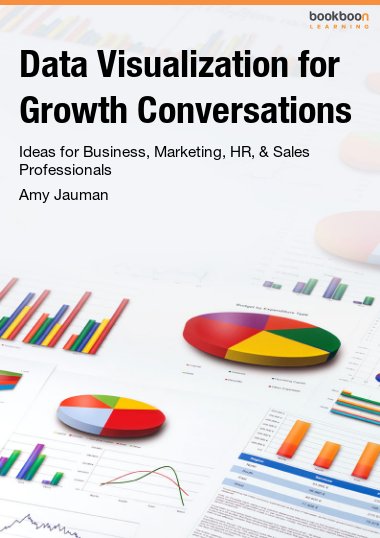Data Visualization for Growth Conversations provides clear and practical ideas for business, marketing, HR, sales, and other professionals interested in using imagery to share data in a meaningful way. As big data continues to play a larger role in more industries, individuals in every area of expertise are realizing how valuable the information is, how hard it can be to understand, and how important it is that they, in their field of expertise, can present the information in a way that can be quickly and easily understood.
About the Author
Dr. Amy Jauman, SHRM-SCP, GPHR, is a researcher and educator experienced in data analysis and presentation. Combining her formal study and practice in experiential learning techniques with her knowledge of best practices presenting big data, she can present complex ideas in ways that resonate with all audience types, allowing them to interpret the information presented, and make informed decisions. Amy has a master's degree in experiential education, graduate certificate in crime analysis, and a doctorate in organization development.


